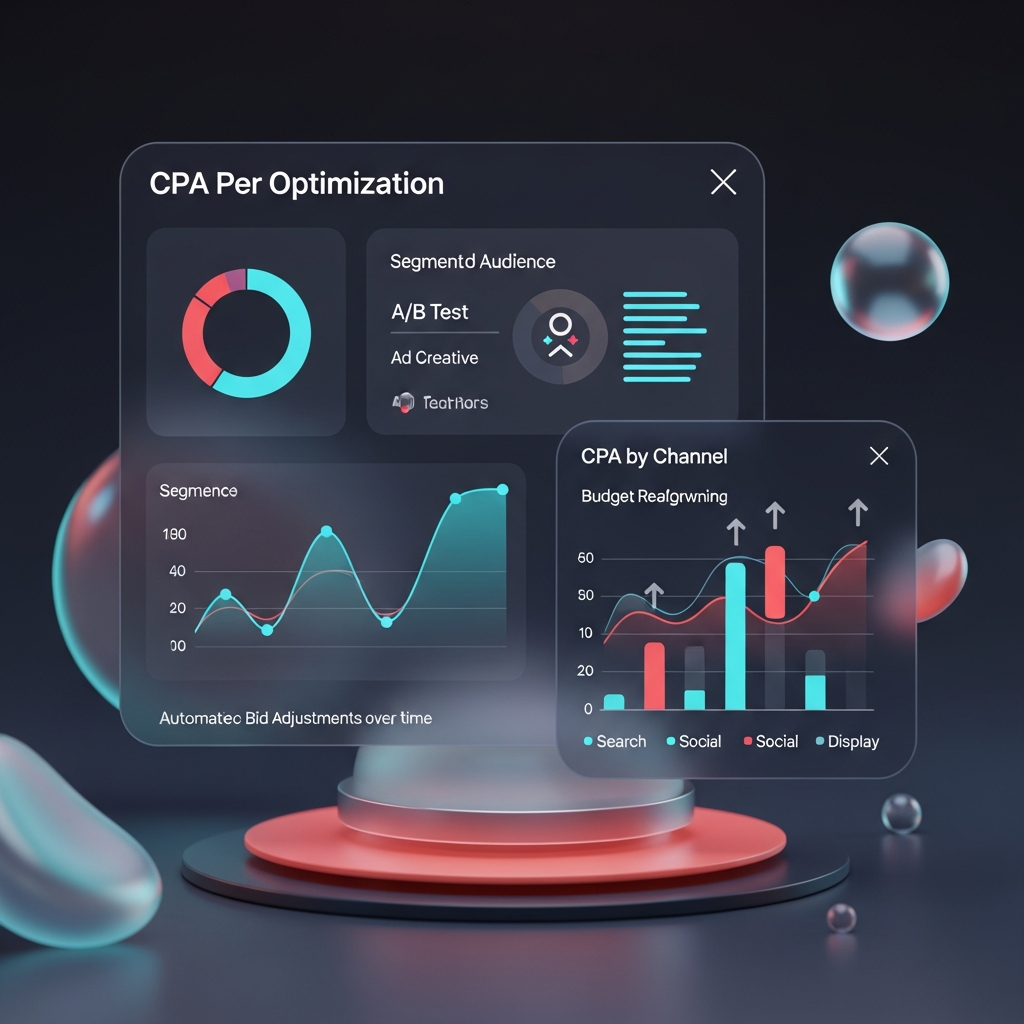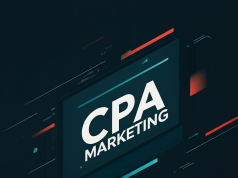CPA Marketing Guide: Calculate Cost per Action for Maximum ROI

Understanding Cost per Action (CPA)
Cost per Action (CPA) is a crucial performance metric in digital advertising that tells you exactly how much you’re spending to drive a specific, measurable action—whether it’s a sale, a lead form submission, or any other defined conversion goal. Unlike CPM (cost per thousand impressions) or CPC (cost per click), CPA ties spend directly to outcomes, giving marketers a transparent view of return on investment (ROI).
How to Calculate Cost per Action

Calculating CPA is straightforward. It requires two data points:
- Total Ad Spend: The entire budget allocated to the campaign, ad set, or channel you’re analyzing.
- Number of Actions: The total verified conversions (actions) generated by that spend.
The formula is:
CPA = Total Ad Spend ÷ Number of Actions
Step 1: Track Your Total Ad Spend
Gather all costs associated with your campaign. This includes platform fees (Google Ads, Facebook Ads), third-party placement fees, agency or management fees, and any creative production costs if you want an end-to-end CPA.
Step 2: Verify Conversions
Make sure each counted action is legitimate. Use pixel tracking, server-to-server integration, or post-click form validations to filter out bots and duplicate leads. Only verified conversions should be in your final count.
Step 3: Compute Your CPA
Divide total spend by the number of verified actions. For example, if you spent $5,000 and generated 250 verified leads, your CPA is $20 per lead.
Benchmarking CPA Across Channels
Not all channels will yield the same CPA. Comparing performance across search, social, display, and affiliate networks helps you reallocate budget toward top performers. Create a simple table or chart to track:
- Channel Name
- Total Spend
- Actions
- CPA
Then sort by lowest CPA to highest, and shift budget accordingly.
Strategies to Maximize ROI
1. Audience Segmentation
Break your target audience into cohorts—demographics, behaviors, interests—and calculate CPA for each. You may find that a smaller, highly targeted segment yields a much lower CPA than a broad audience.
2. Ad Creative Optimization
Test multiple headlines, images, and calls to action. Even small tweaks—like changing button color or headline phrasing—can drive down your CPA significantly.
3. A/B Testing Landing Pages
Pair your ad creatives with dedicated landing pages. Use A/B testing to compare different layouts, copy lengths, and form fields. A more compelling landing page will boost conversion rates and drive CPA down.
4. Automated Bid Adjustments
Leverage platform features like Google’s Target CPA bidding or Facebook’s bid strategies. These algorithms will automatically adjust bids in real time to hit your CPA goals at scale.
5. Budget Reallocation
Continuously monitor channel performance. When a channel’s CPA rises above target thresholds, shift budget toward better-performing channels or audience segments.
Advanced Tactics for CPA Improvement
Cross-Channel Attribution
Implement multi-touch attribution to understand the full customer journey. Some channels may play a supporting role in conversion funnels, lowering the true CPA when you account for assisted actions.
Dynamic Creative Optimization (DCO)
Use DCO tools to automatically assemble the best performing combination of headlines, images, and CTAs for each user in real time—driving higher relevancy and lower CPA.
Predictive Analytics & Machine Learning
Integrate advanced analytics platforms to forecast which segments are most likely to convert at your target CPA. Allocate budget proactively to those segments before they become oversaturated.
Measuring Success & Iteration
CPA optimization is an ongoing process. Build a dashboard that updates daily or hourly to track CPA by campaign, ad set, creative, and audience. Set up automated alerts for when CPA drifts above acceptable thresholds, so you can pause or adjust bids quickly.
Conclusion
Mastering CPA marketing is about disciplined measurement and continuous optimization. By accurately calculating your cost per action, benchmarking performance across channels, and employing data-driven strategies, you’ll achieve sustainable ROI growth. Remember: small incremental improvements—better targeting, creative tweaks, and smart bidding—compound over time. Keep monitoring, testing, and reallocating, and you’ll hit your CPA goals faster than you ever thought possible.









